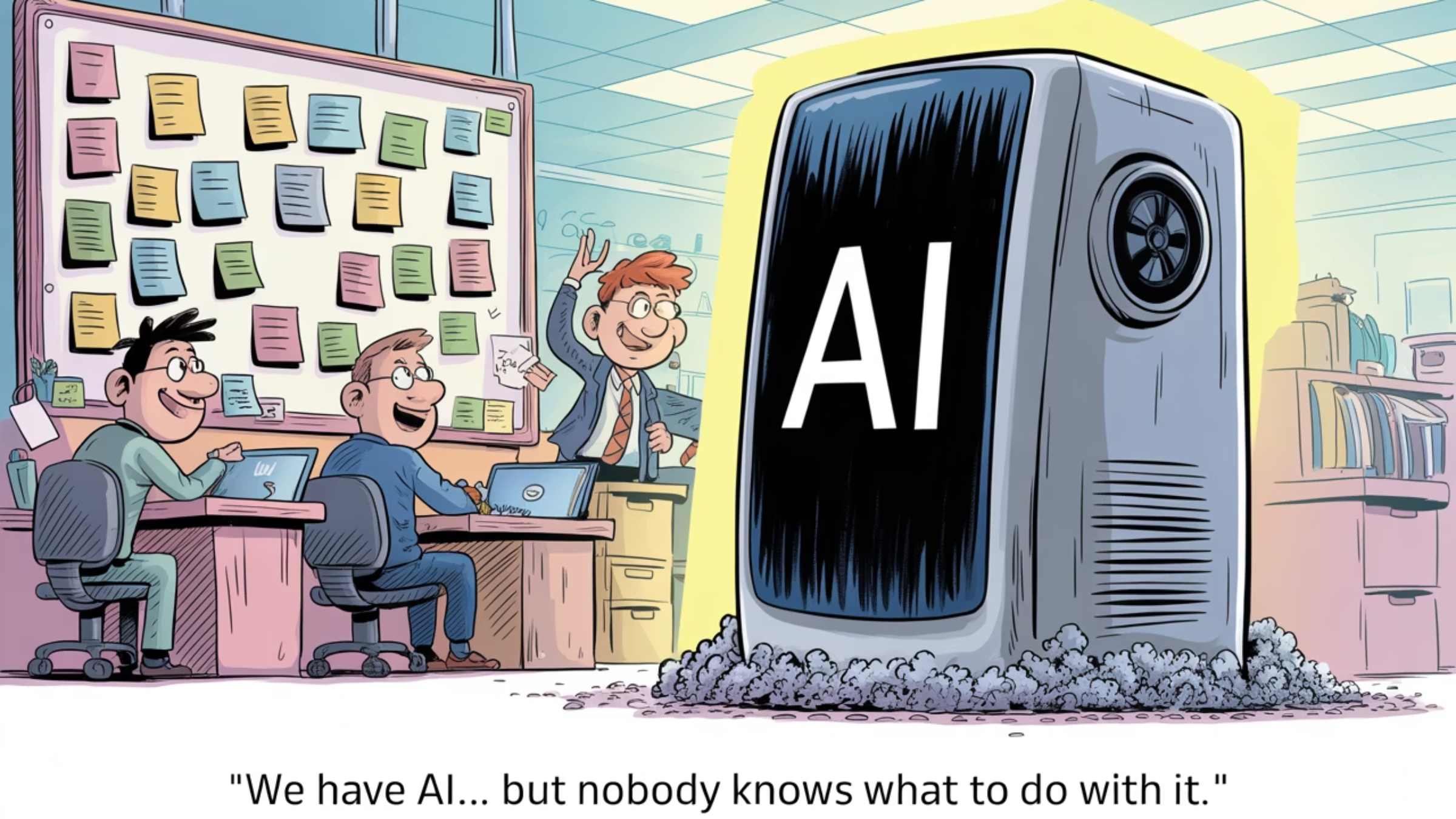Share this
Previous story
← AI Agents 101: The Next Frontier In Customer Engagement
Next story
Analyzing the Future of My Industry →
I’d like to begin my personal newsletter with a topic that’s truly close to my heart. For the past 18 months, I’ve been deeply engaged with artificial intelligence—exploring not only its dark sides, but also its immense value, potential, and countless opportunities. After gaining extensive hands-on experience, I can now say with confidence and clarity: artificial intelligence is not evil, and it certainly won’t kill us tomorrow. These stories belong in the realm of science fiction, and we are far from that reality. What worries me far more are certain recent developments driven by unchecked human behavior across the Atlantic—developments that feel far less reasonable than any advanced AI system, which often deals with us more rationally than people currently do.
But that’s not the main point of this piece.
Instead, I want to talk about how we, as entrepreneurs and business leaders in Germany, can truly leverage and apply the possibilities of this new AI-driven technology. In my view, the adoption of artificial intelligence has become a key factor for the future competitiveness of German companies. Yet despite the enormous potential, implementation in practice is often hesitant and slow.
And the reason for that is deeply problematic: there’s not just one single obstacle—there are many, interconnected challenges that all share one core truth: they can only be overcome through targeted education and employee training. In my opinion, the most pressing hurdles are the following:

Before even starting with AI tools or pilot projects, many companies are held back by legal and compliance concerns. The EU AI Act, alongside strict data protection regulations, creates a complex and evolving framework that few fully understand. Especially for companies handling sensitive customer data, the legal fog often leads to inaction. A solid understanding of these legal foundations is the first step toward responsible AI use—and that means educating teams early on.

One of the most critical hurdles is the lack of AI skills across organizations. While AI is widely discussed, many employees don’t understand its actual application. Universities may cover the theory, but companies struggle to translate this into business practice. Without hands-on training, upskilling programs, and a structured learning path, companies risk falling behind—not because of the tech, but because of the people.
Especially for small and mid-sized companies, the cost of AI implementation can be intimidating. There’s a widespread fear that investments might not pay off, especially when infrastructure is lacking or data quality is poor. But here again, the solution lies in education: if employees understand how to define use cases, assess feasibility, and evaluate impact, uncertainty turns into informed strategy.

AI brings change—and change often brings resistance. Employees fear being replaced, managers fear losing control, and decision-makers hesitate without a clear roadmap. These cultural roadblocks are just as impactful as any technical challenge. AI awareness programs, combined with strong internal communication and leadership by example, can shift this mindset. When people understand how AI supports their work, they stop resisting and start contributing.

The most powerful AI solution is worthless if no one knows how—or why—to use it. Technology alone won’t transform a company. The real enabler is education.
With the right training, awareness campaigns, and learning culture, companies can build trust, develop internal expertise, and create a solid foundation for long-term AI success. The conclusion is simple but essential:
These Related Stories


